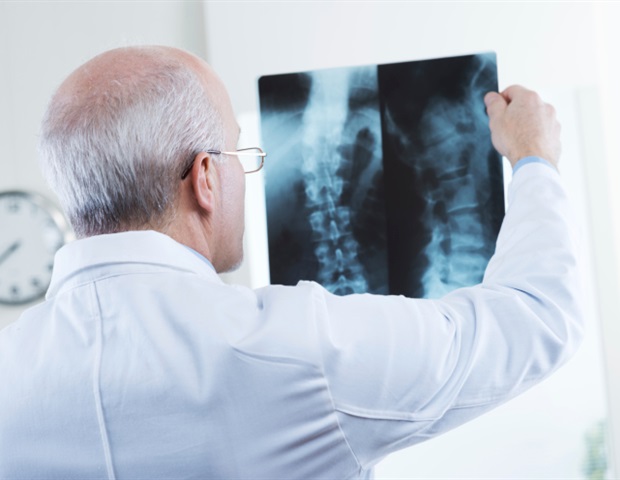The prognosis of recovery after a spinal cord injury is of great importance for those affected and those around them. However, it has been inaccurate until now. Researchers from three international rehabilitation centers in Zurich, Murnau and Denver have now succeeded in proving the value of imaging techniques in predicting sensory and motor recovery in people with tetraplegia. Clinical magnetic resonance imaging (MRI) is used to determine the extent of the uninjured nerve tissue next to the spinal cord injury, known as “spinal bridges”.
The results of the longitudinal study “Prognostic value of tissue bridges in cervical spinal cord injury” have the potential to change clinical practice. They have just been published in The Lancet Neurology, the world’s leading journal for clinical neurology. The team led by first author Dr. Dario Pfyffer and senior author Prof. Dr. med. Patrick Freund from Balgrist University Hospital and the University of Zurich, which includes SCI experts from all over the world, successfully developed models in a large, multicenter cohort of patients with cervical SCI that incorporate tissue bridges in the spinal cord to improve the prognosis of clinical outcome. These tissue bridges were measured on MRI images (taken early after the onset of the spinal cord injury). This provided significant added value to previous prognostic models based on recording the clinical condition of patients upon admission to hospital.
An accurate prognosis of the treatment outcome is of utmost importance for patients, treating therapists and attending physicians.”
Dr. Dario Pfyffer, lead author
Remarkably, the tissue bridges also proved to be more powerful and accurate predictors than the baseline clinical data in all three rehabilitation centers to classify patients into subgroups with similar clinical outcomes. Dr. Pfyffer emphasizes the importance of models for predicting recovery being reproducible and transferable to new patients. In particular, the study results were validated in the individual SCI patient cohorts of the three centers with their demographic and clinical differences. “Our models and results are transferable to other patient cohorts and apply to all SCI centers, MRI scanners and people who perform and evaluate the measurements.” This lays the foundation for the successful application of tissue bridges to improve the conduct of multicenter intervention studies.
This groundbreaking imaging study assessed the course of recovery at patient discharge from hospital approximately three months after injury and at follow-up after 12 months. As a result, the study provided compelling evidence that spinal cord tissue bridges are associated with short- and long-term clinical improvements, underscoring the broad clinical applicability of the study approach. The study demonstrates the incredible potential of tissue bridges to optimize clinical decision-making, patient counseling, and SCI trial planning when tissue bridges are routinely assessed as part of clinical standards of care. The study is also a further step in the development of more specific rehabilitation programs and individualized treatment strategies for people with spinal cord injury.
About the participating rehabilitation centers
Patients in this multinational study were treated at the Balgrist University Hospital in Zurich (Switzerland), the BG Trauma Center in Murnau (Germany) and the Craig Hospital in Denver (USA). These renowned trauma and rehabilitation hospitals are committed to advancing medical research and improving patient outcomes through innovative studies and clinical applications. Their expert teams strive to develop new approaches to the diagnosis, treatment and rehabilitation of spinal cord injuries.




